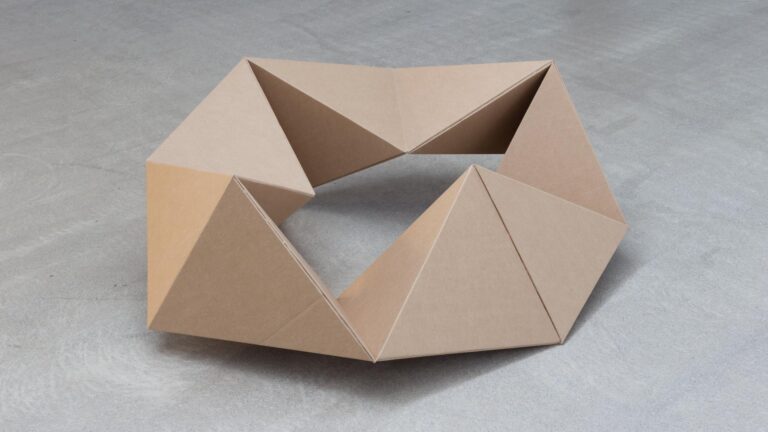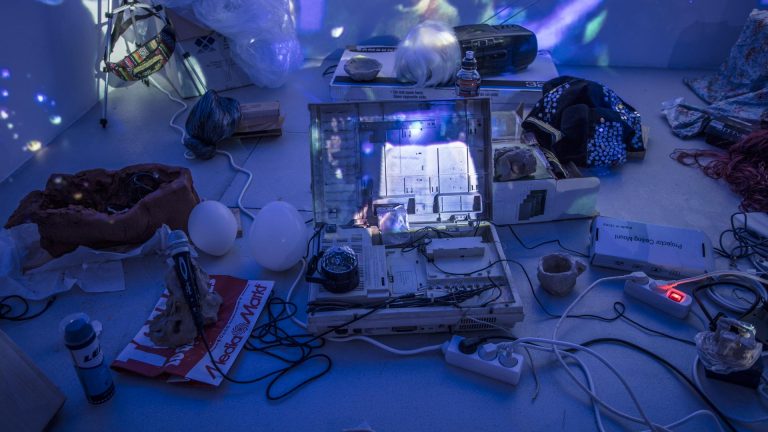Some years ago, talking to a well-known ornithologist about the Golden Oriole (Oriolus oriolus) — now known as the Golden or European Oriole although I refuse to change the name because I consider myself a dilettante— he explained that this yellow bird, fetishized in my artist’s imagination, is one of the last to arrive and the first to depart of the groups of migrating birds.
Indeed the SEO’s (Spanish Ornithological Society) Guide to Spanish Birds, describing the species movements, states:
[…] this is a summer visitor that winters in Subsaharian Africa. The first sightings are made in mid-April with a swift occupation of territories at the end of the month and beginning of May. The male birds arrive 7-10 days before the females and specimens in transit to northern Europe can be observed until the end of May. The autumn migration begins at the beginning of August but the bulk of these take place at the end of the month with occasional sightings at the beginning of September.1
My acquaintance —an ornithologist of the old school of the 60s and the 70s (note the analogy of association with a specific period of art) when ornithology in Spain still welcomed those of the liberal professions, who walked the countryside observing birds in their spare time, to its scientific embrace — said, somewhat incredulously, that “We believe the birds of Europe go to Africa to winter, but, if these were African birds who come to Europe to breed?”.
That phrase, out of the range of what scientific positivism embraces, and contrary to our Eurocentric conception, has been spinning in my head for years, generating this new project in the light of the social commentary it elicits.
This comment, away from the spectrum of scientific positivism, and contrary to our Eurocentrist conception, has given rise to this project on the social comment it provokes. I was born in the province that includes the Gibraltar straits, I live in the Costa del Sol, and on this morning in September 2024, in the brilliant end-of-summer sunshine as I was penned these lines, I listened to a flock of bee-eaters (Merops apiaster) migrating to tropical Africa in a group. As the well-known ornithologist told me: “They are heard before they are seen”.
[1] Guía de las aves de España. Oropéndola europea [en línea], seo.org, [consulta:10/09/2024]. Disponible en: https://seo.org/ave/oropendola-europea/?gad_source=1&gclid=CjwKCAjwxY-3BhAuEiwAu7Y6s_fa6b57sV9k667ljL1fIzcxyrq8RbYj7j2KKPmnrWPElO-udFSwpRoCbJsQAvD_BwE
NOTES ON THE UNDERSTANDING OF DEPARTURES AND RETURNS, REFUGES AND CONFUSION IN THE CRAFT OF LANGUAGE, AND FOREIGN AND NATIVE OBSERVERS THROUGH THE PHOTOGRAPHS AND EDITIONS OF JUAN DEL JUNCO, FROM THE CITY TO THE COUNTRYSIDE, FROM SOUTH TO NORTH, AND FROM AN I TO A PRECARIOUS WE.
José Miguel Pereñíguez
“I’m not interested in the city” Juan told me when we talked on the telephone. At the beginning, right at the beginning, he did cultivate a urban stroller approach. Later he distanced himself from all that and went off into the countryside, perhaps thinking that while the city is the hub where the great game of art is played, nature is where he could discover and reveal a pristine and more authentic version of himself.
The artist, and those of have written about his work, have all mentioned his early interest in ornithology, encouraged and nutured by his family. Even his progression as a photographer has been like the construction of a scale model with stages of representation, starting with a detailed ornithological scientific study of the bird as a luxury object, codified by its sumptuous plumage and tapered shape that augured the dream of flight. This was followed by pure field work, showing birds in their environment as essential elements in the reading and understanding the changing, dynamics and structures of it.
In earlier projects the meticulous register of country walks and sightings helped Juan del Junco to hint in his biography and his life that these two phases were sustained equally both by order and chance: the scientific studies and the happy wanderings. It was a view of the artist as a modest practitioner, absorbed in his romantic science or in that philosophy of nature that explores a territory to discover an eloquent destiny in its dispersed and intricate phisiognomy. This point of departure has been moving towards another far more committed now that his figurative photographs document swallows, swifts, storks or seagulls in flight, following their flight and nesting patterns and create a solid metaphorical framework that criss-crosses terms and denominations. The photographs fix the birds in one place or move them about to boost a more favourable cultural or sociological comment that pivots from north to south, from foreignness to native, on rapacity and vulnerability. It is not hard to envisage how, under new descriptive titles (Some Migrants from the North, Some Migrants from the South, Some Homes for Migrants etc.) the opposing faces and razor-edges display the multi-faceted existing reality.
Grouping is the medium chosen to show all this. The serial presentation is also a constant in Juan del Junco’s work but his latest projects present images almost always inserted in sequences or narratives that give them the appearance of a file or a book even if they are displayed scattered throughout the exhibition. There is tension between the successive and the simultaneous because a linear reading is insinuated and then denied by the obvious distribution of each copy, of each perfectly aligned page that construct a clear and modular network in the best tradition of the minimalist mise-en-scène. The result clearly shows the limitatioins of any instrument of knowledge that proposes including all the speciments of a class and creating a definitive taxonomy or expanding the reach of its content by means of a critical apparatus of citations and notes that too often obstructs its own references. At this point del Junco’s course of action (once again the system and the game, once again order and disorder) shows his affinity with certain conceptual art practices while apparently adopting the rhetoric of positive sciences that develop playful mechanisms of self-questioning. They achieve this either by parodying or reducing their methods to the absurd or by applying them over a uniform and banal extension, scarcely even with a background landscape that is the palpable skin of our days.
For some time now the titles of Juan del Junco’s series have included the terms “conceptual” and “Andalusia”. These indicate a scheduled plan that introduces irony. While the whole edifice of abstract thinking made up of languages of the North that lent their rules and syntaxis was being constructed, for a long time Andalusia was gazed at and considered by their own and by strangers through a lens deformed by a gushing romantic picturesqueness, tarnished by fascinations and infatuations. Juan del Junco directs his gaze at the sky as a place of transience that must welcome a wisdom from far away to find a new image for itself while it is remains a bridgehead for the uncontainable south. His recent editions show apprehension about this condition of migrant which receives very different consideration depending on whether it falls in nature’s or society’s sphere. Thus, while permitting only a glimpse of human habitation, there are indications of a growing interest to construct a civilized narrative framed in this polis that assembles and transcends the territories and their inhabitants.
















































